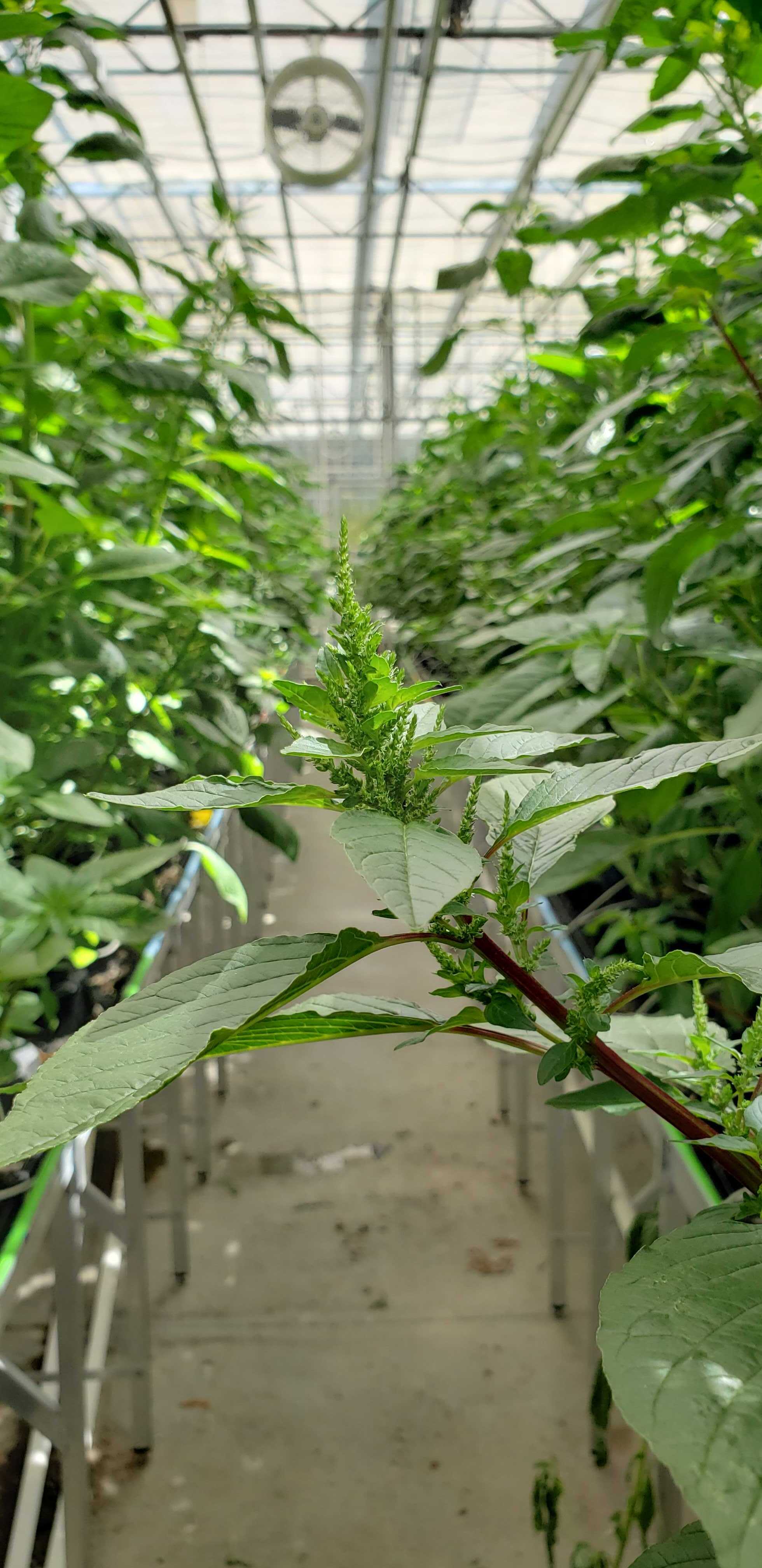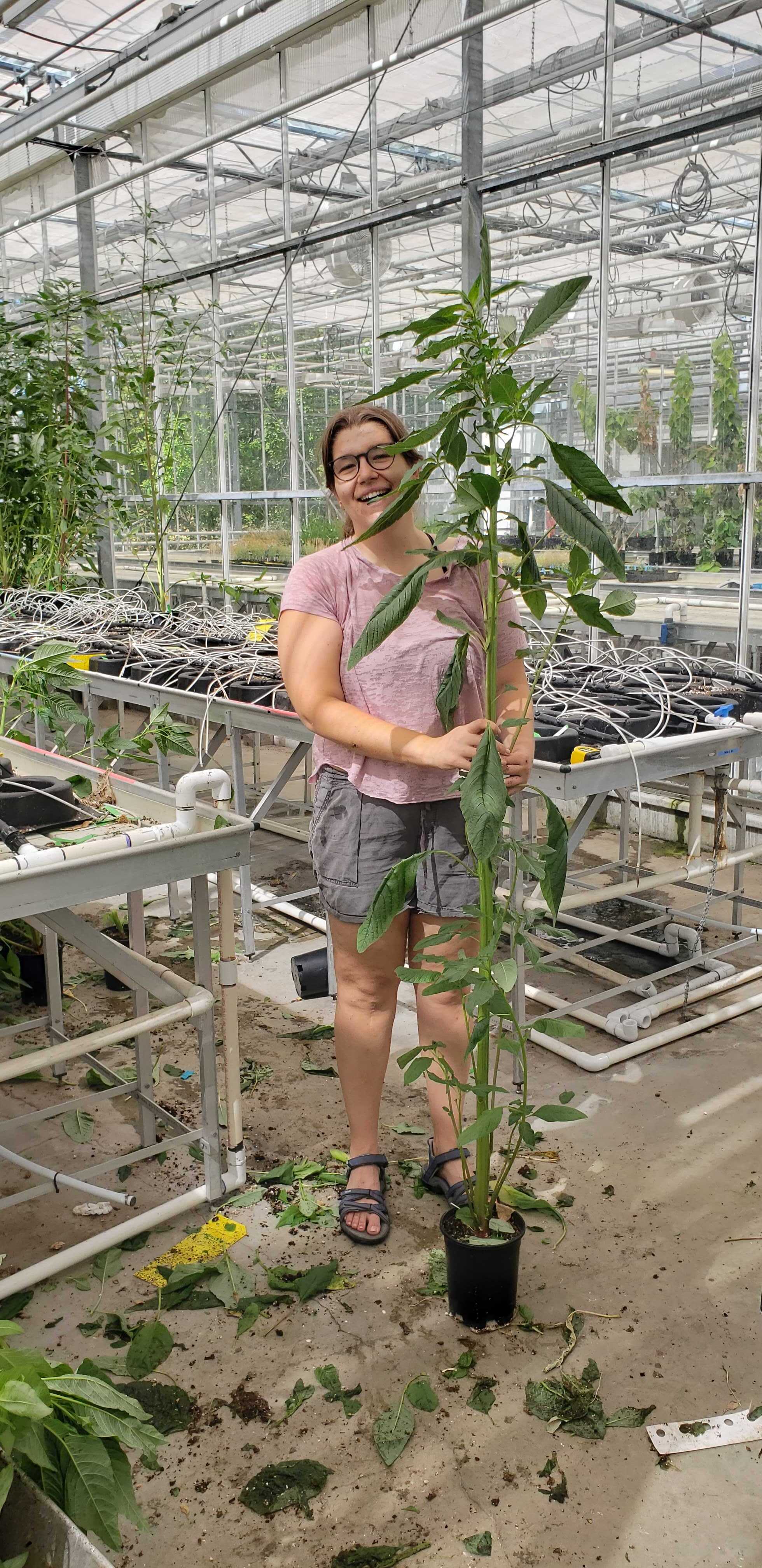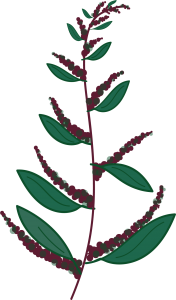Quantifying the tempo of agricultural adaptation
[Now published in Science!] Recently, we have leveraged extensive pairwise natural-agricultural sampling across the range, historical herbarium sequencing, and manipulative common gardens to identify how rapidly agricultural alleles and phenotypes have shifted across contemporary timescales.
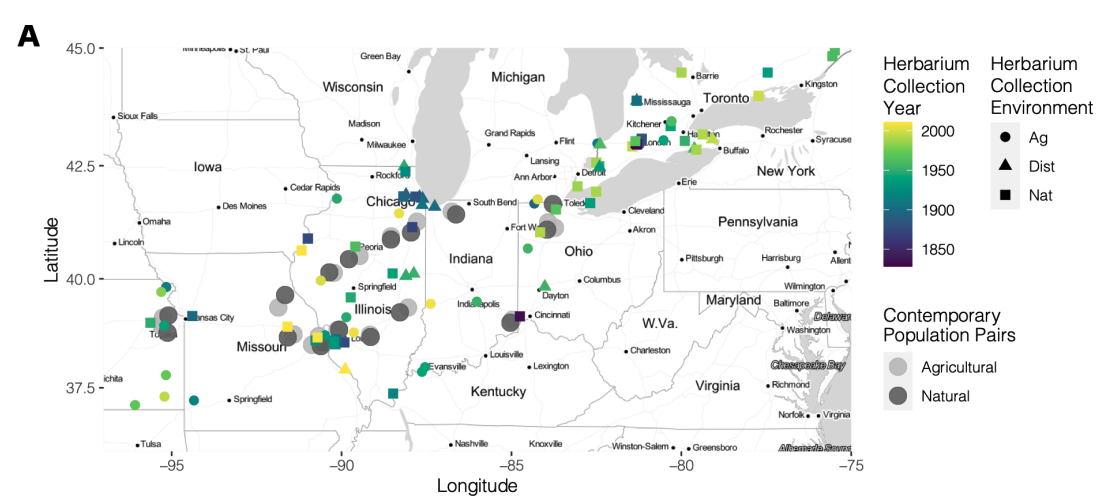
This work, in collaboration with an awesome group from Max Planck Tuebingen, Sally Otto at UBC, and my past labs at UofT – dissects the signatures of agricultural selection and range shifts across the last two centuries of waterhemp invasion. And the approach worked beautifully: with our contemporary paired and herbarium samples, we were able to identify agricultural-associated alleles, identify key shifts in agriculture that have led to their increase and strengths of selection through time, and how this was facilitated by range shifts across the landscape. The herbarium data was really the key to this work, so check out some cool in-the-process shots of the original specimens (the oldest from 1828!) and working in the University of Tuebingen clean lab to extract historical DNA.
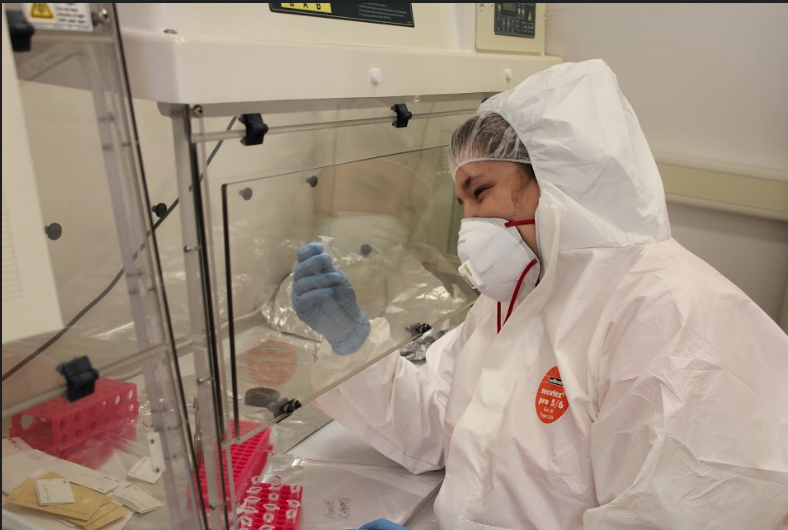


Kreiner JM, Latorre SM, Burbano H, Stinchcombe JR, Otto SJ, Weigel D, Wright SI. 2022. Rapid weed adaptation and range expansion in response to agriculture over the past two centuries. Science
The source and drivers of phenotypic agricultural adaptation
In 2018, we performed our first grow-out of our pairwise, contemporary waterhemp collections across the range at the Earth Sciences Building at UofToronto [pictured below!]. These were the plants we sequenced and used to complement the herbarium data above. In addition to sequence data, we measured a suite of phenotypes across agricultural and natural plants grown in the same environments/experimental treatments to understand the genetics underlying phenotypic differentiation (local adaptation to agriculture).
Results from this experiment have been published in Evolution, testing hypotheses put forward by the botanist Jonathan Sauer in the very same journal almost 70 years ago. We show some minor signals of life history adaptation to agriculture, but perhaps more interestingly, that much of the phenotypic differentiation between environments is actually driven by the preferential sorting of two ancestral varieties of waterhemp, as Sauer predicted.
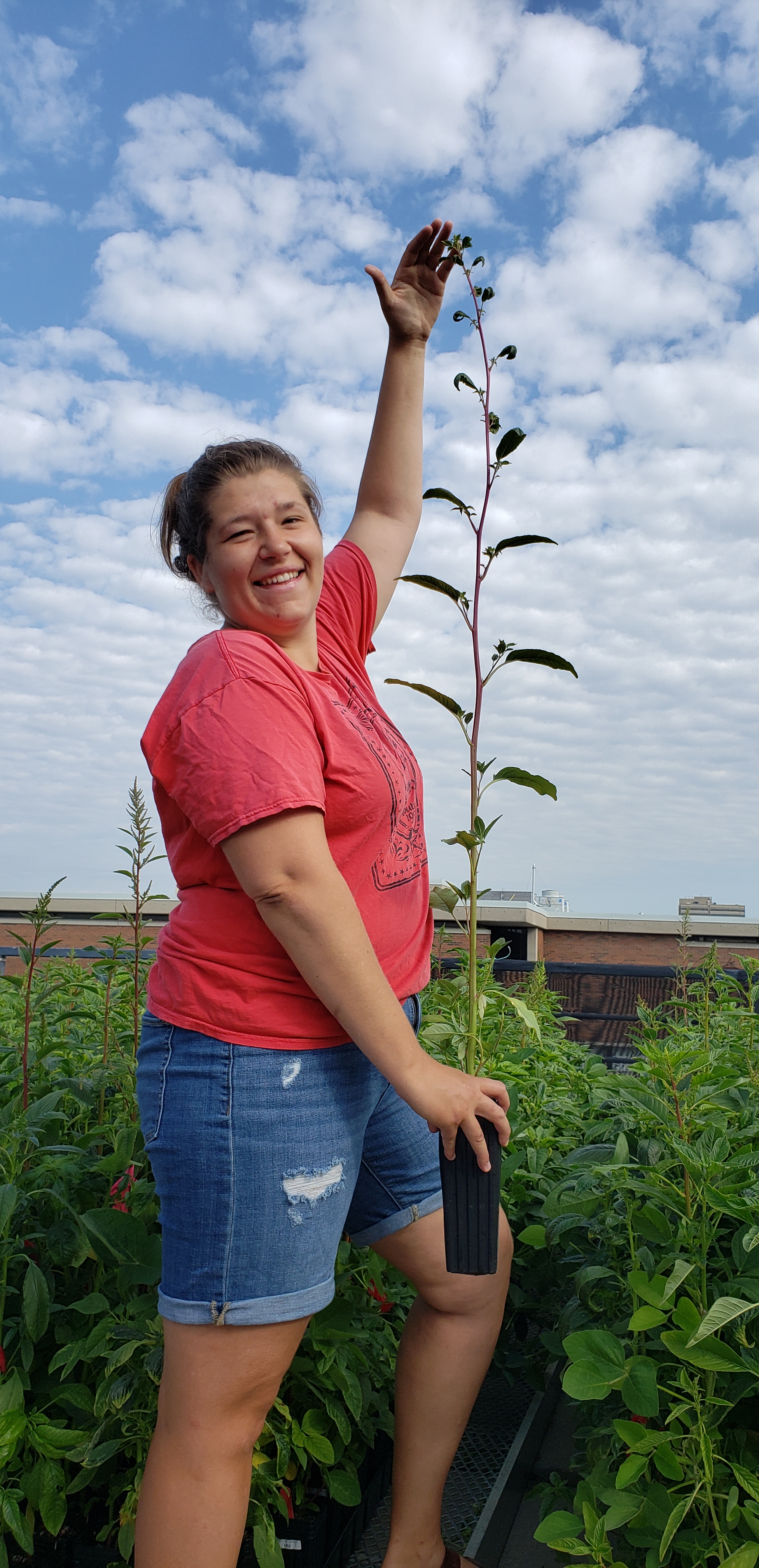
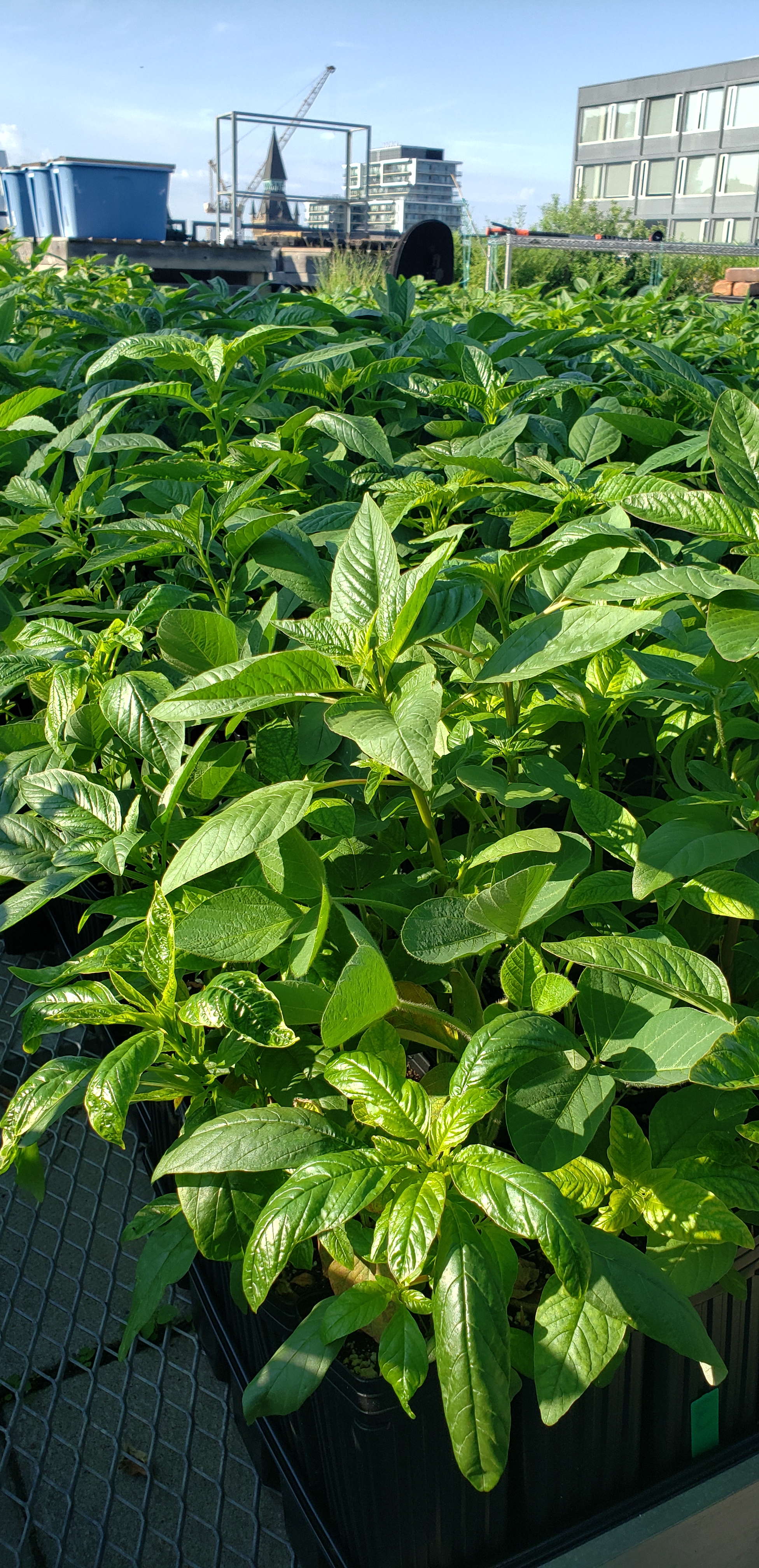
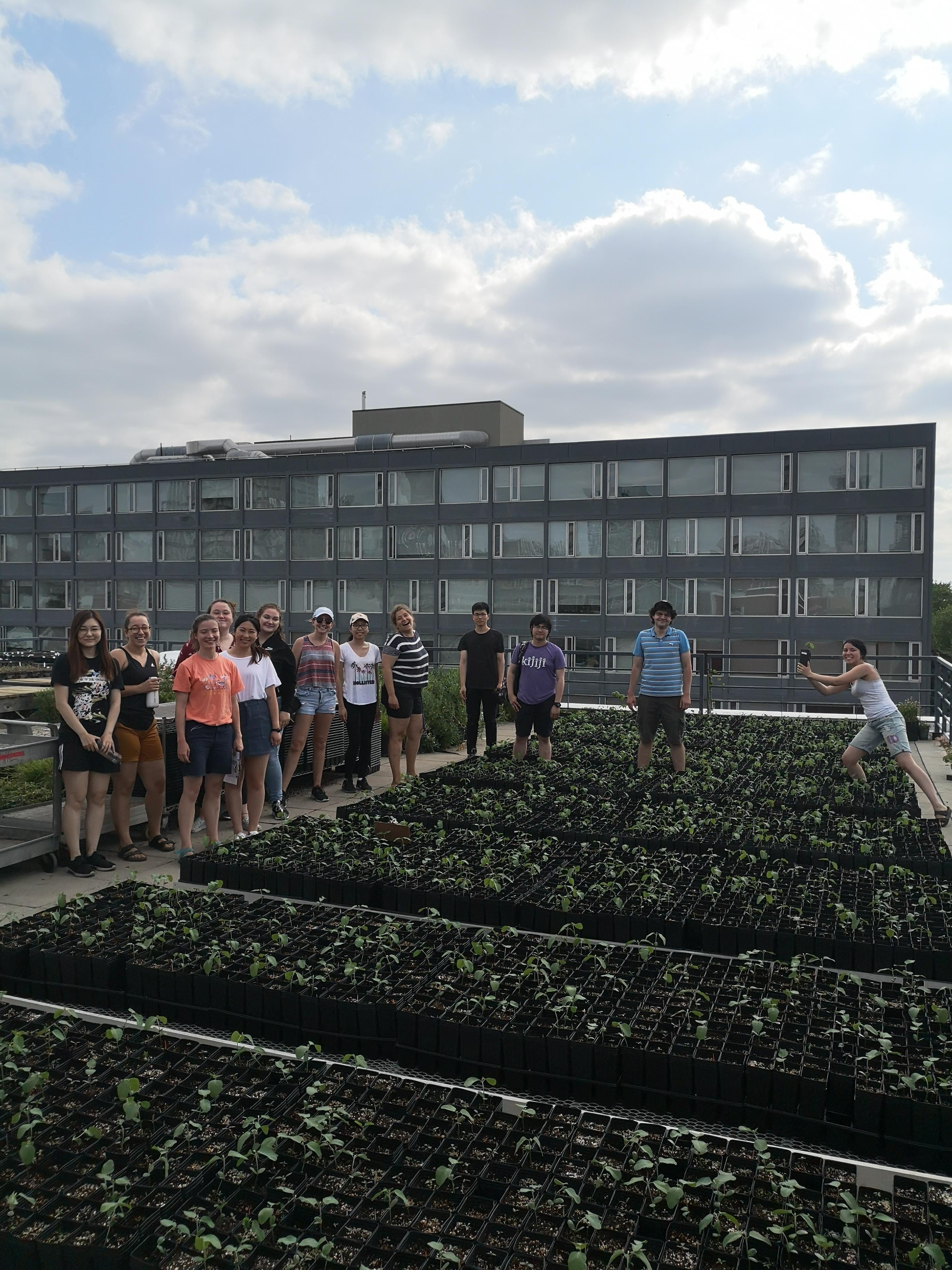
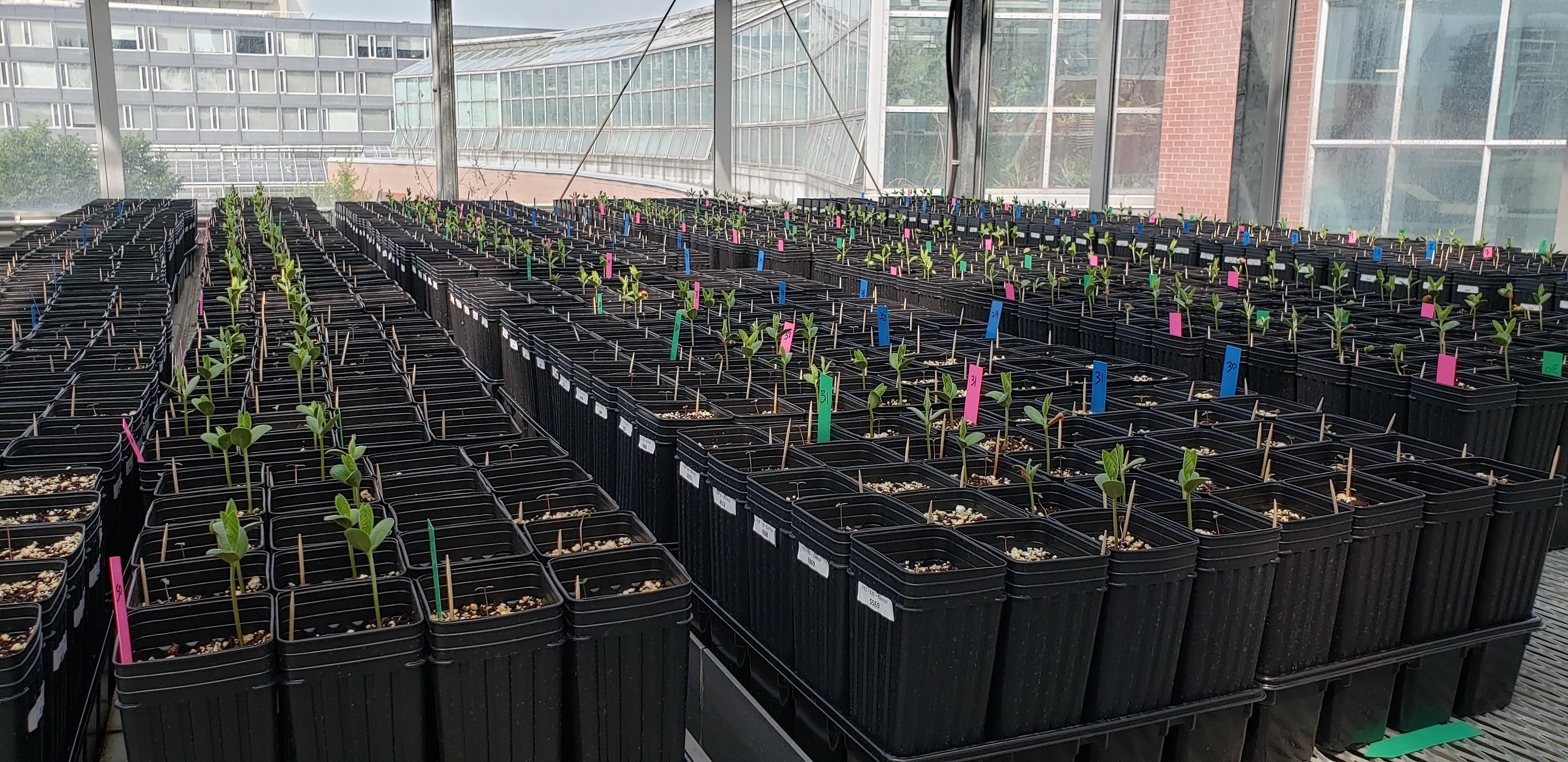
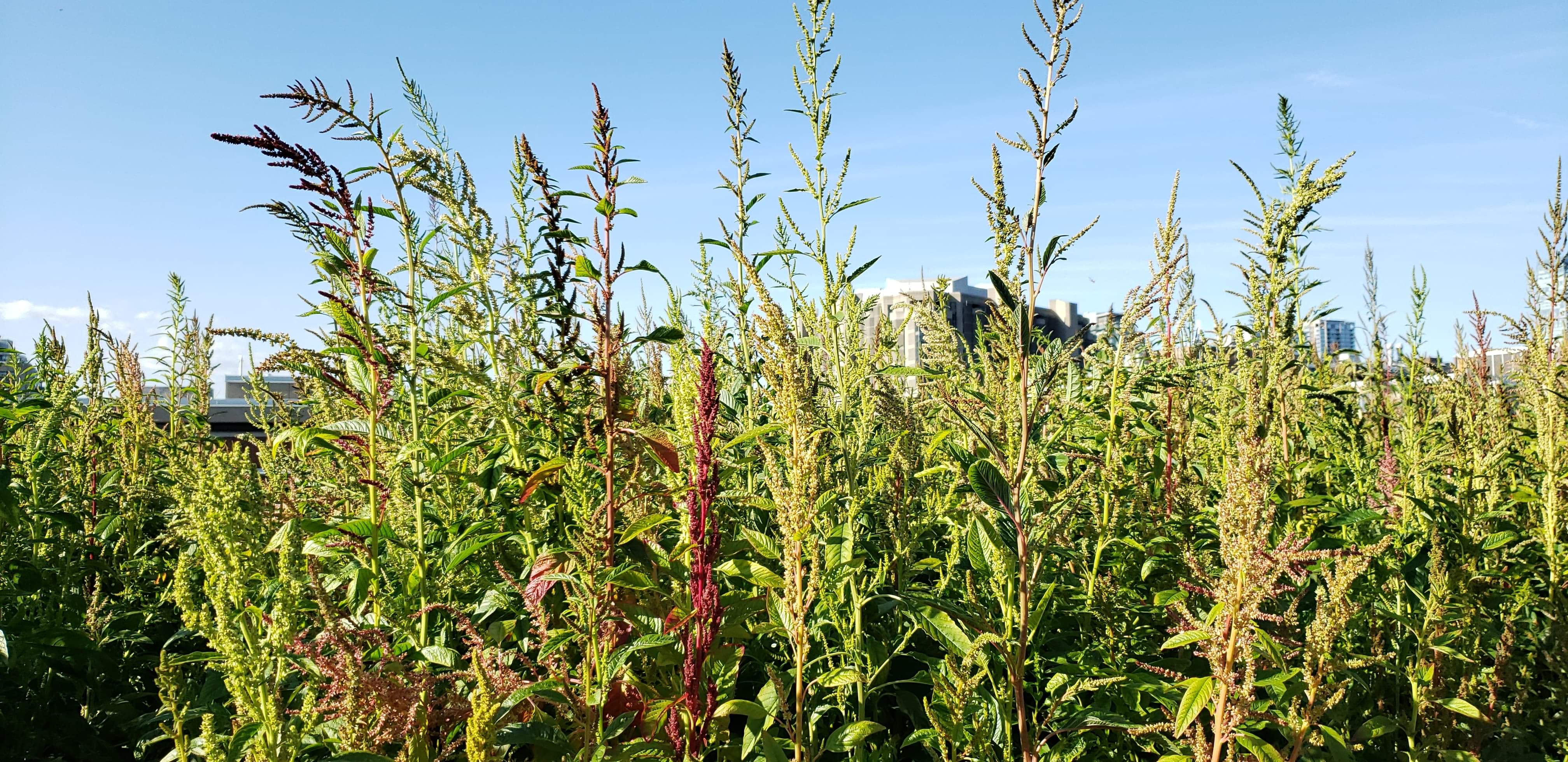
Kreiner JM, Caballero, A., Wright, SI., & Stinchcombe, JR. 2021. Selective ancestral sorting and de novo evolution in the agricultural invasion of Amaranthus tuberculatus. Evolution.
Quantifying the tempo of climate adaptation
With the suggestion of variation in drought tolerance in waterhemp in my last experiment, we recently finished up a drought experiment in the UBC horticulture greenhouse to understand its role in adaptation to contemporary landscapes. I won’t give too much away yet, but suffice to say we’ve found some super cool patterns of adaptation via drought across geographic and environmental gradients. We’ll combine this phenotyping/survival curve approach with sequencing to identify the genes underlying drought and characterize their evolutionary history.
Growing waterhemp in Vancouver’s long days was also a very interesting experience – check out some photos of their rapid growth over just 13 weeks below.


